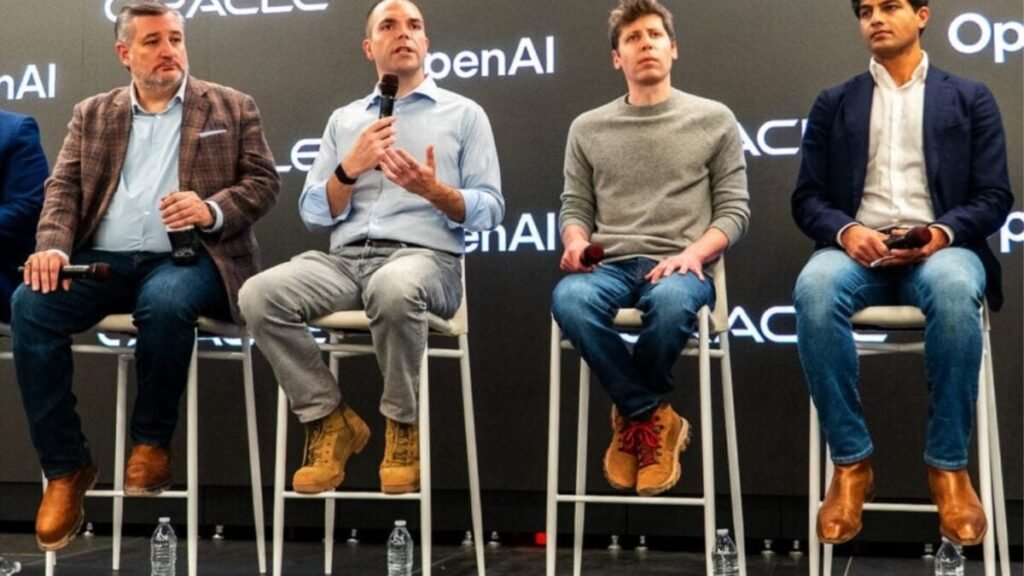Is AI going to put the brakes on your booming economy?

The U.S. economy is heavily relying on AI, with investments in AI companies projected to drive a significant portion of GDP growth by 2025. This trend has sparked discussions about the sustainability of the current market dynamics, with some likening it to a snake biting its own tail as AI giants engage in high-value deals that boost stock prices.
Recent announcements from Nvidia, OpenAI, and Oracle have fueled speculation about the nature of these transactions. Are these companies simply circulating money among themselves, or are they paving the way for significant advancements in AI capabilities?
Analysts suggest that these deals, while appearing circular in nature, could lead to the development of more advanced AI models that generate higher returns on investments. The key lies in the real-world adoption of AI technologies by corporations, which could translate into tangible benefits for the economy.
However, concerns have been raised about the potential for these agreements to artificially inflate the value of tech companies, creating a ‘carousel’ effect where companies appear more valuable than they actually are. The true test lies in the rapid development of AI models, performance enhancements, and widespread adoption of AI technologies across industries.
As the debate continues, the ultimate impact of these deals remains to be seen. While stock market gains have been notable, questions persist about the actual utilization and effectiveness of AI technologies in driving tangible returns for businesses.
The narrative of a ‘money conveyor belt’ in the tech industry highlights the complex interplay between financial agreements, stock market performance, and the real-world application of AI technologies. Only time will tell whether these investments lead to substantial growth and innovation, or if they merely perpetuate a cycle of inflated valuations and speculative gains.
The Potential Risks of the AI Bubble
Some experts are drawing parallels between the current AI bubble and the dot-com bubble of the early 2000s. Back then, companies like Commerce One were valued at billions despite minimal revenue. This trend is causing concern among industry insiders.
The Fragility of Interconnected Systems
Peter Atwater, an expert in economics, highlights the interconnected nature of the real estate and AI markets. Just like the mortgage market collapse, the AI bubble is built on a fragile ecosystem of interdependent relationships. If one part fails, the entire system is at risk of crumbling.
As the bubble grows, so do the risks. People are overcommitting in the hopes of securing future gains, but these commitments are the first to falter when conditions change. It’s a precarious situation that could lead to widespread repercussions if not managed carefully.




